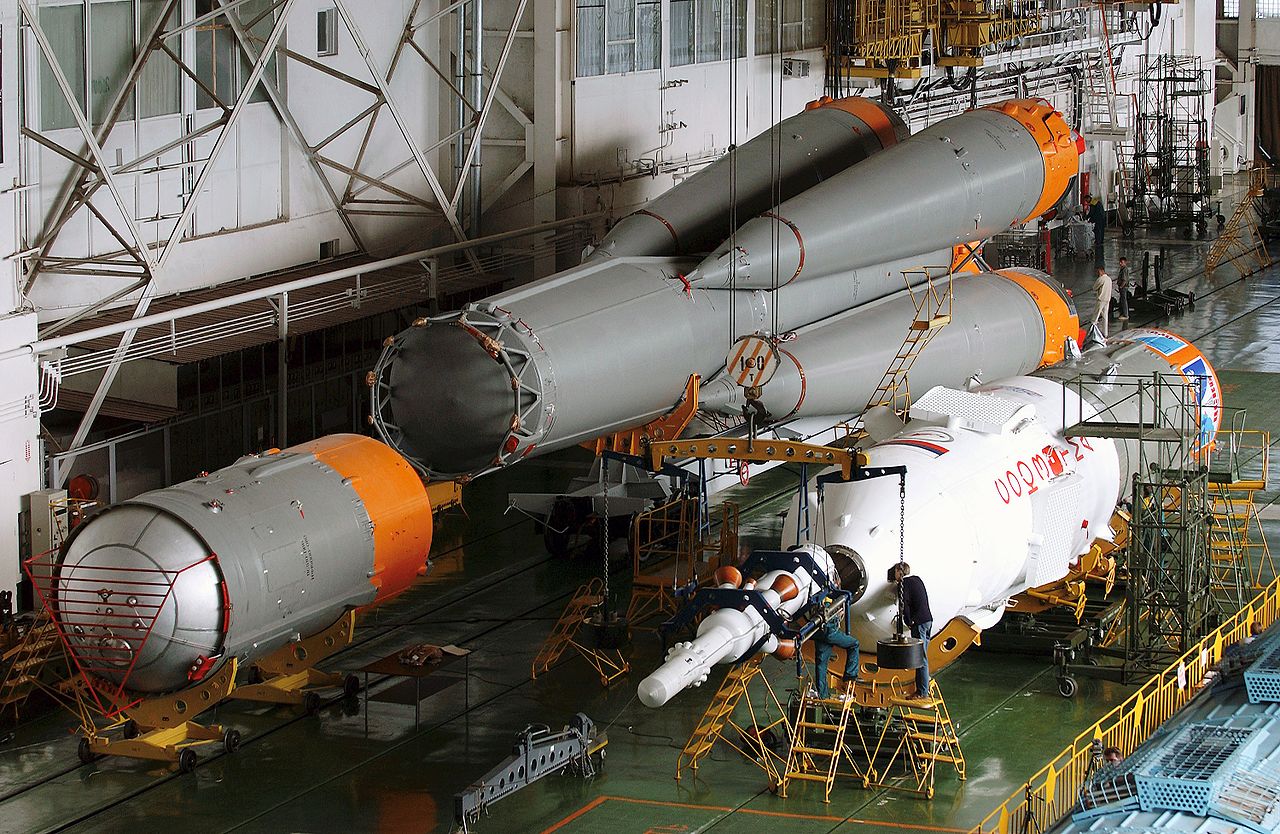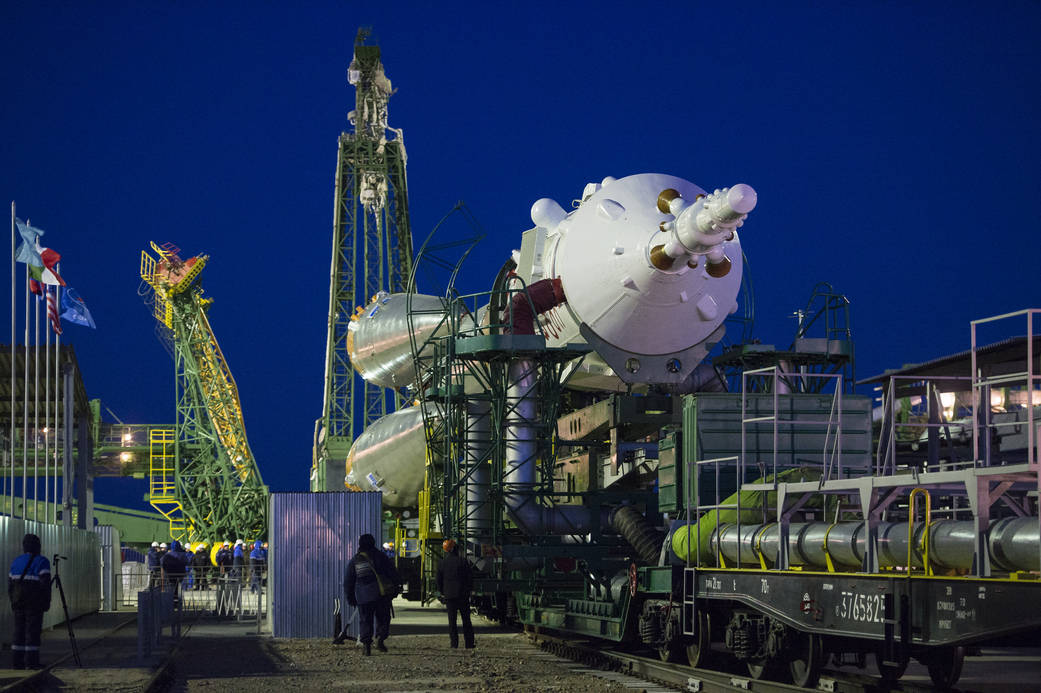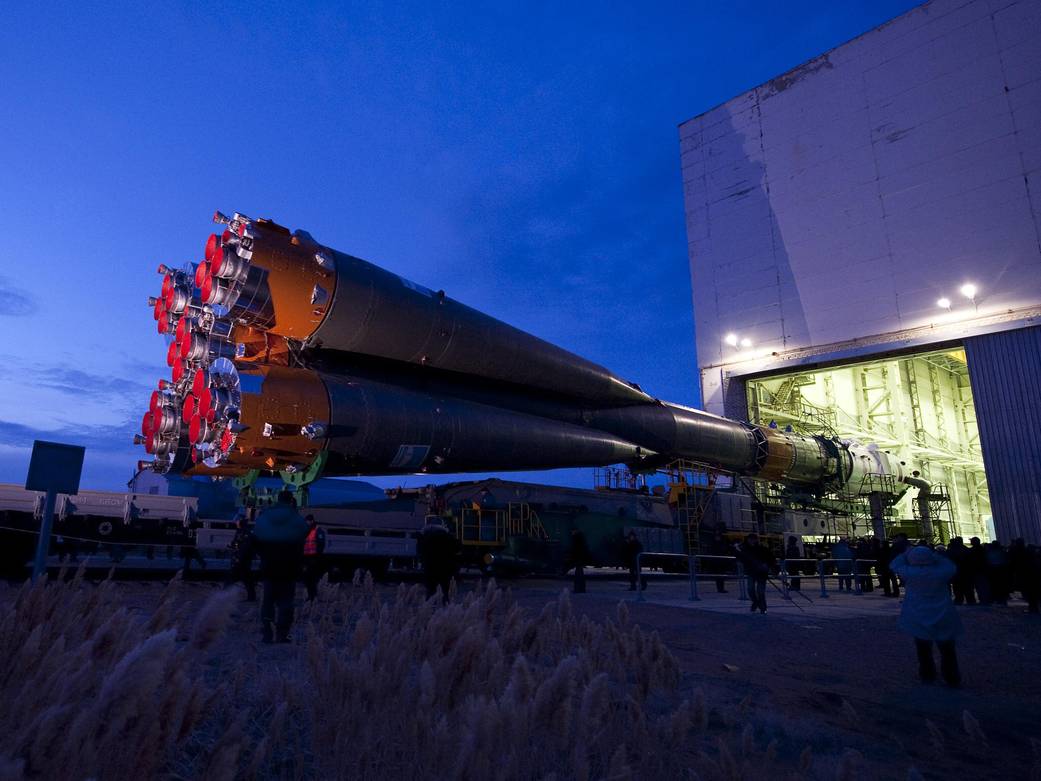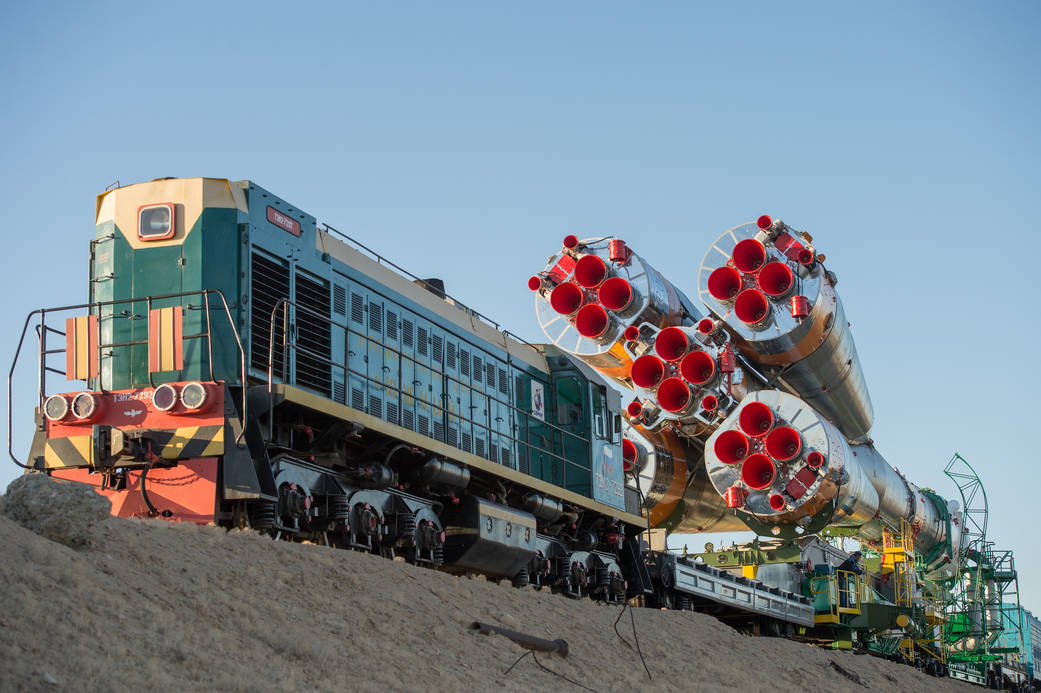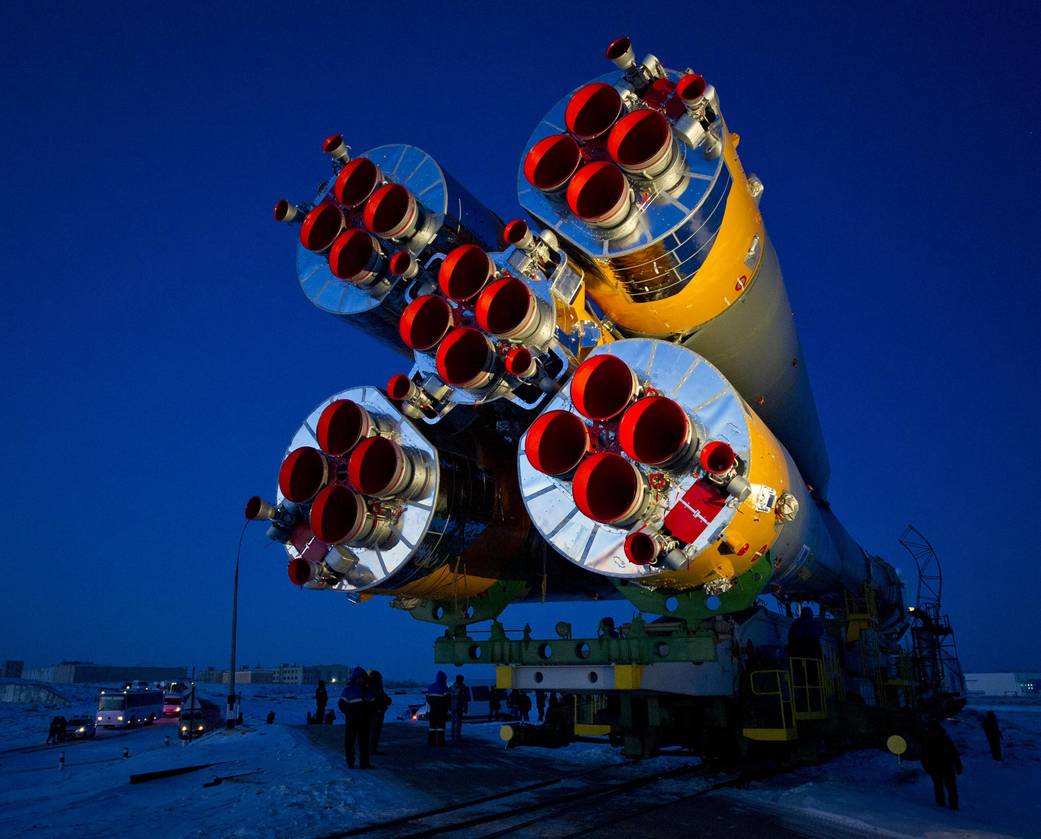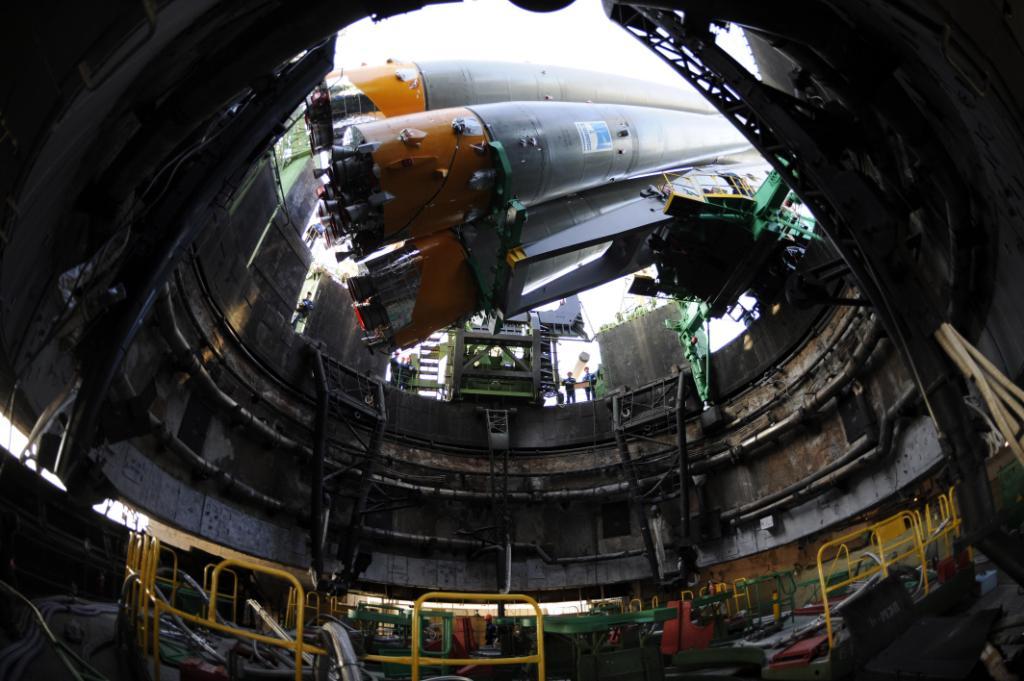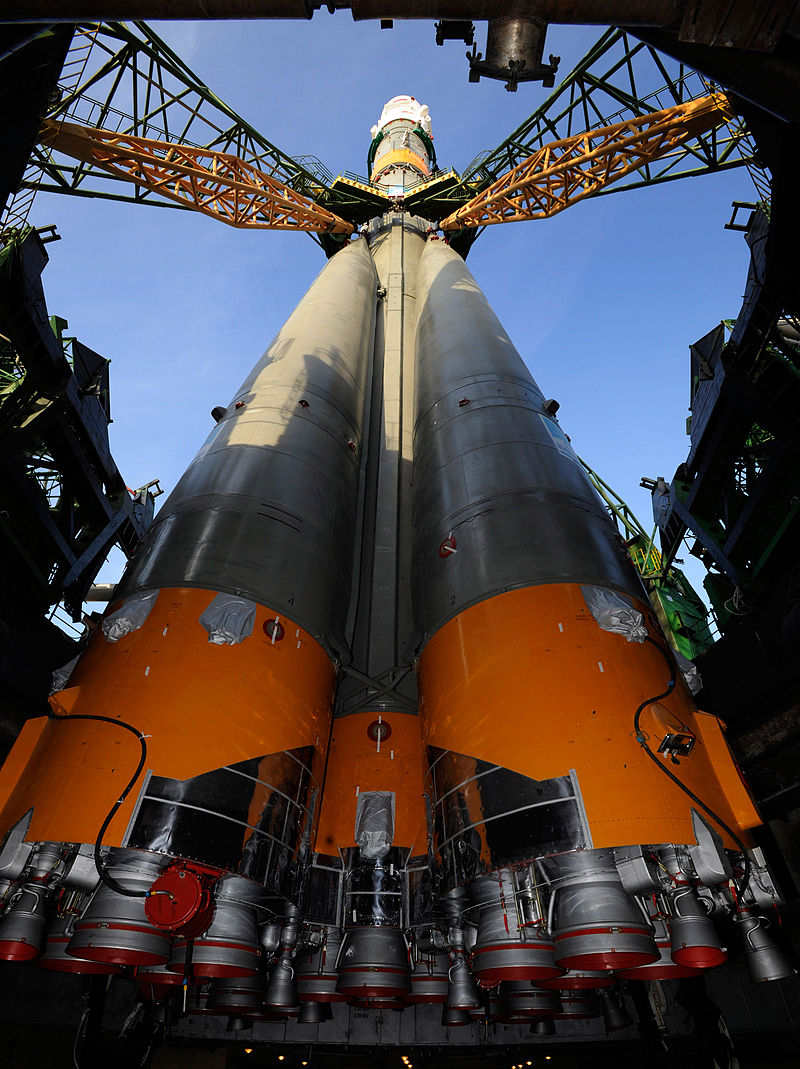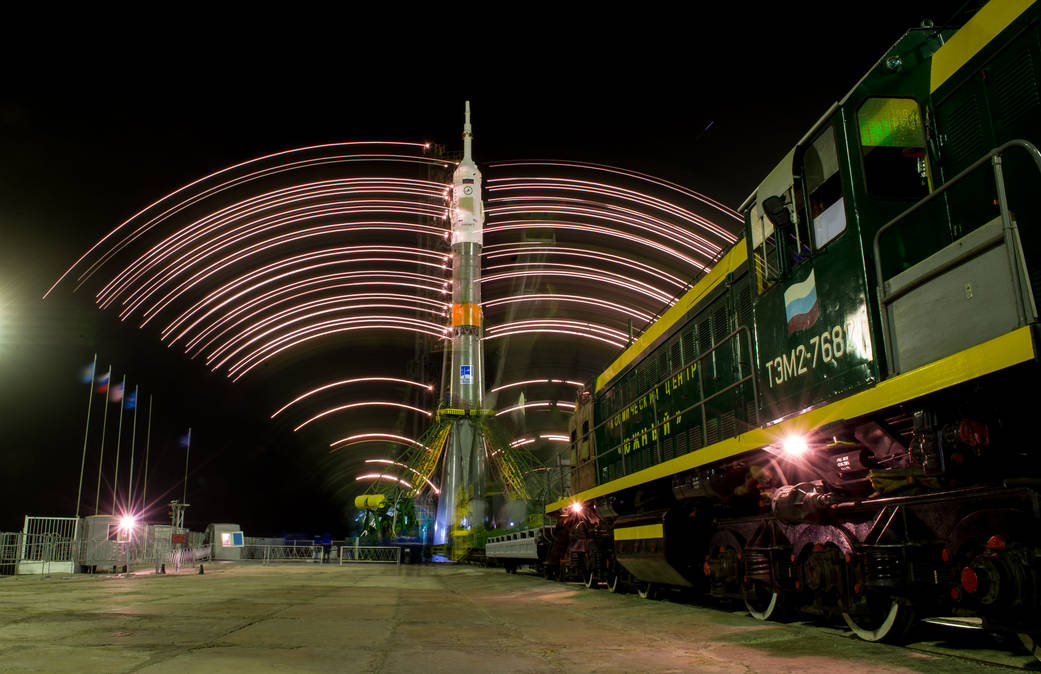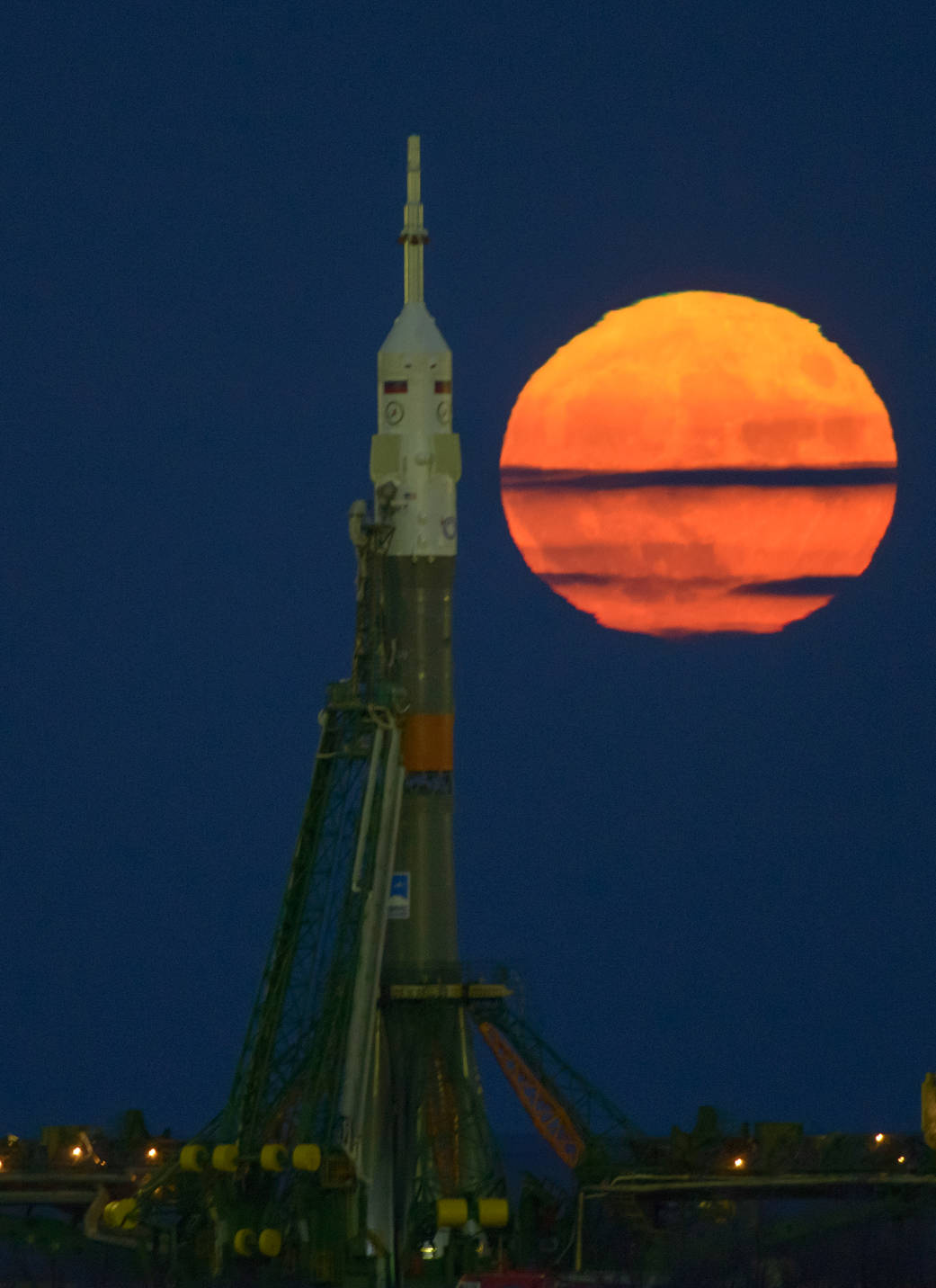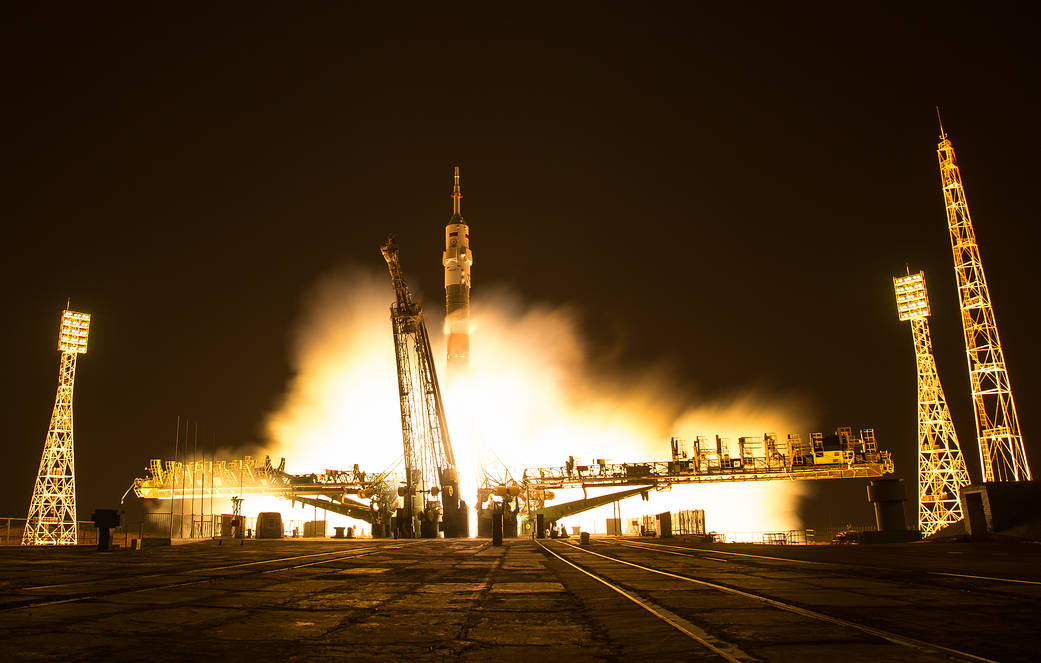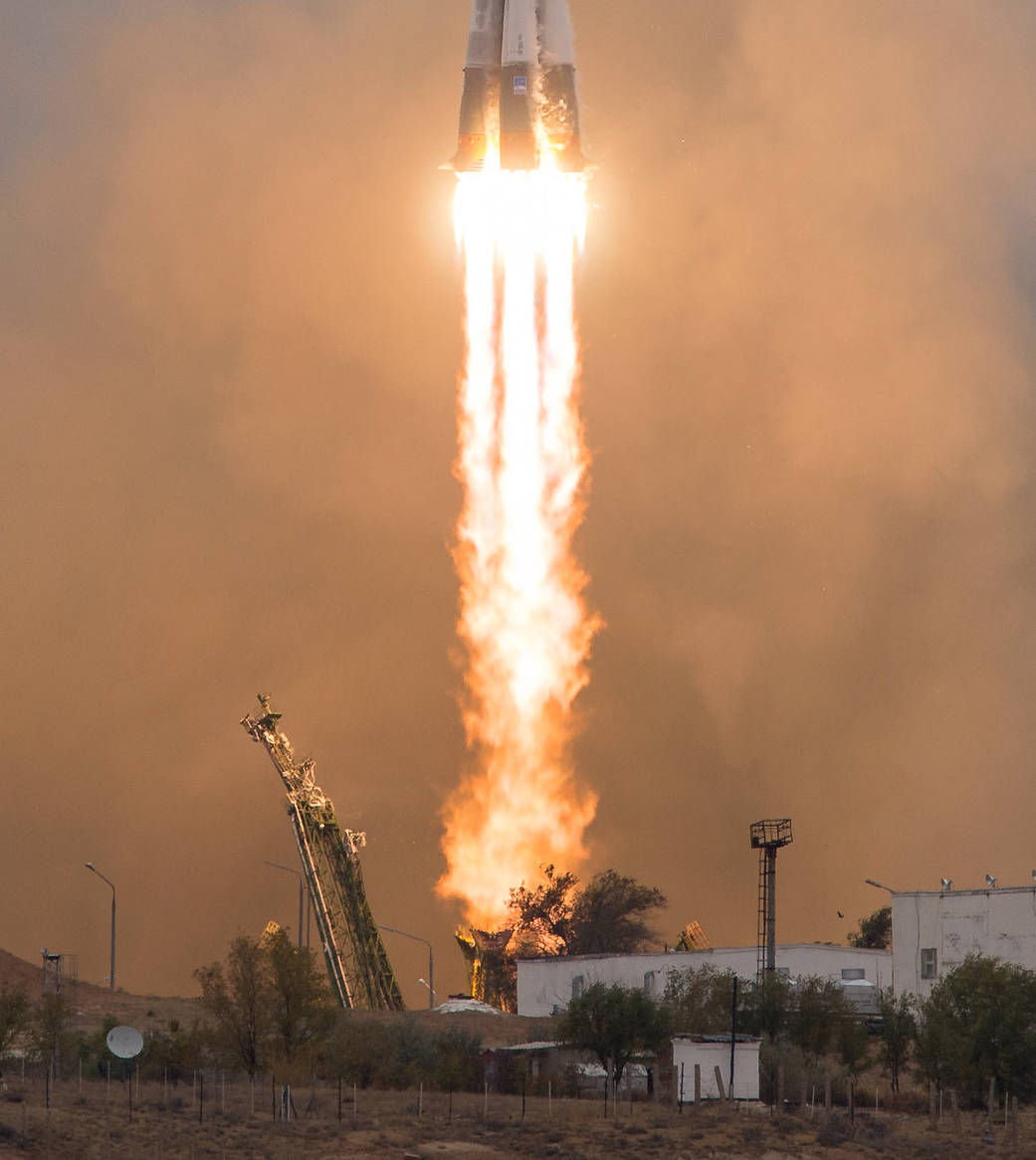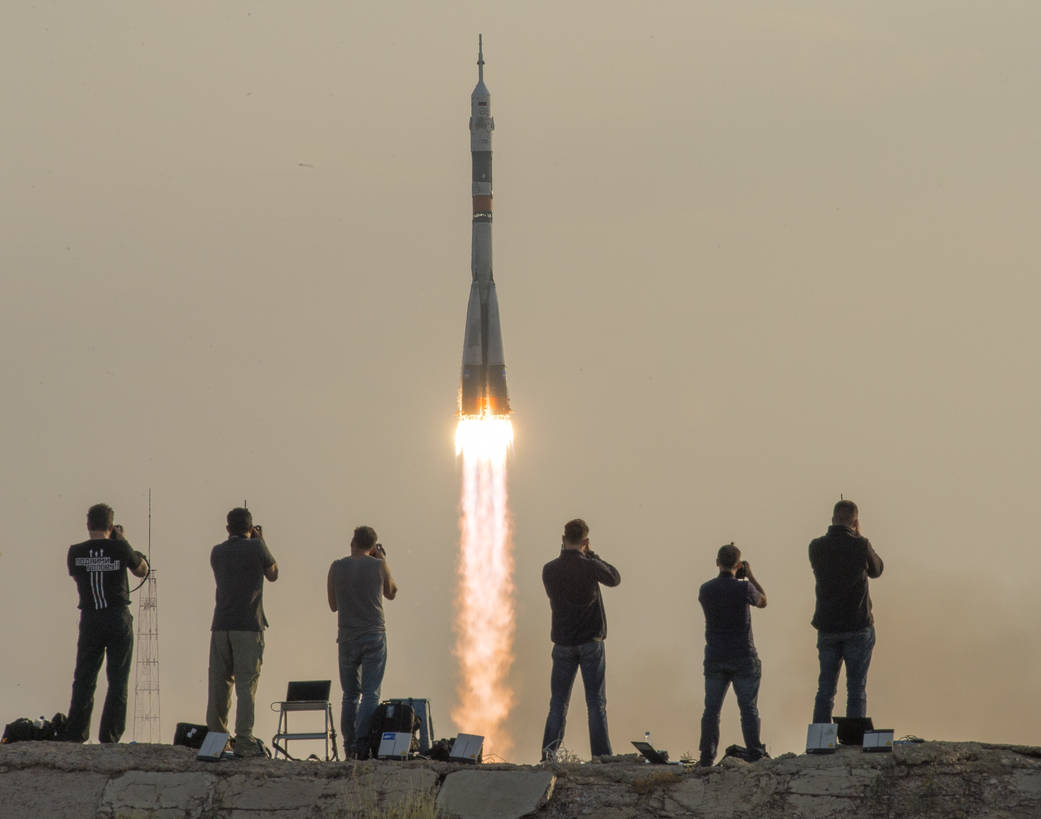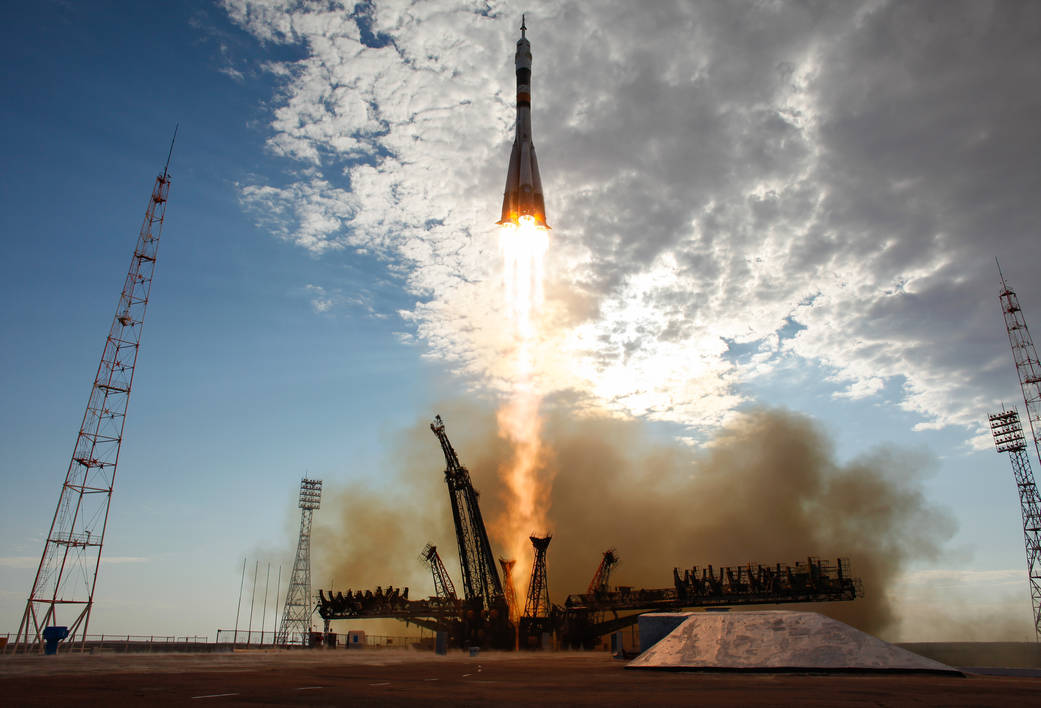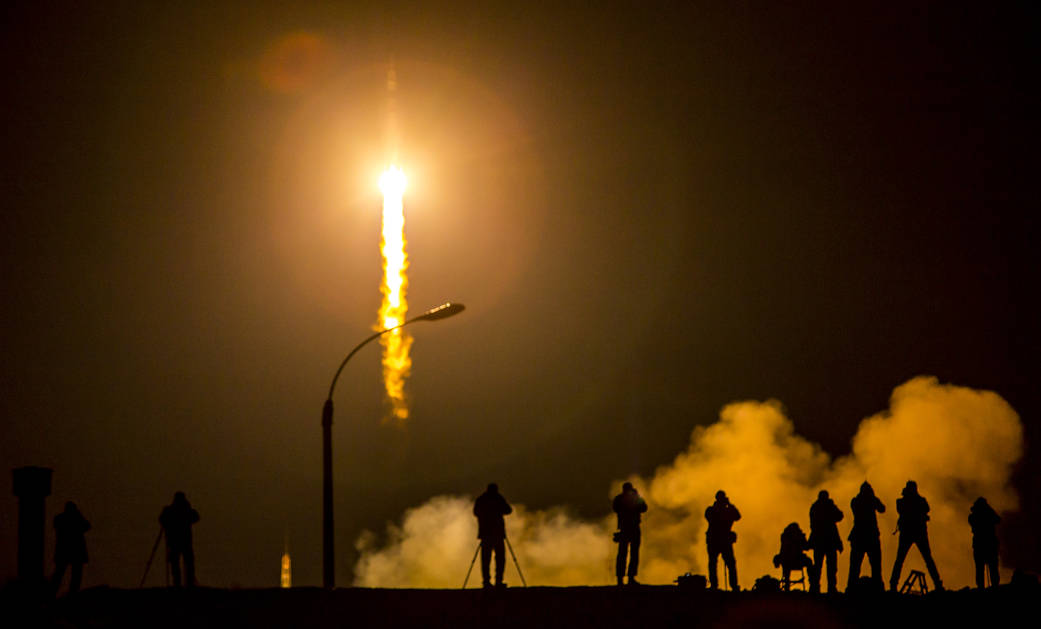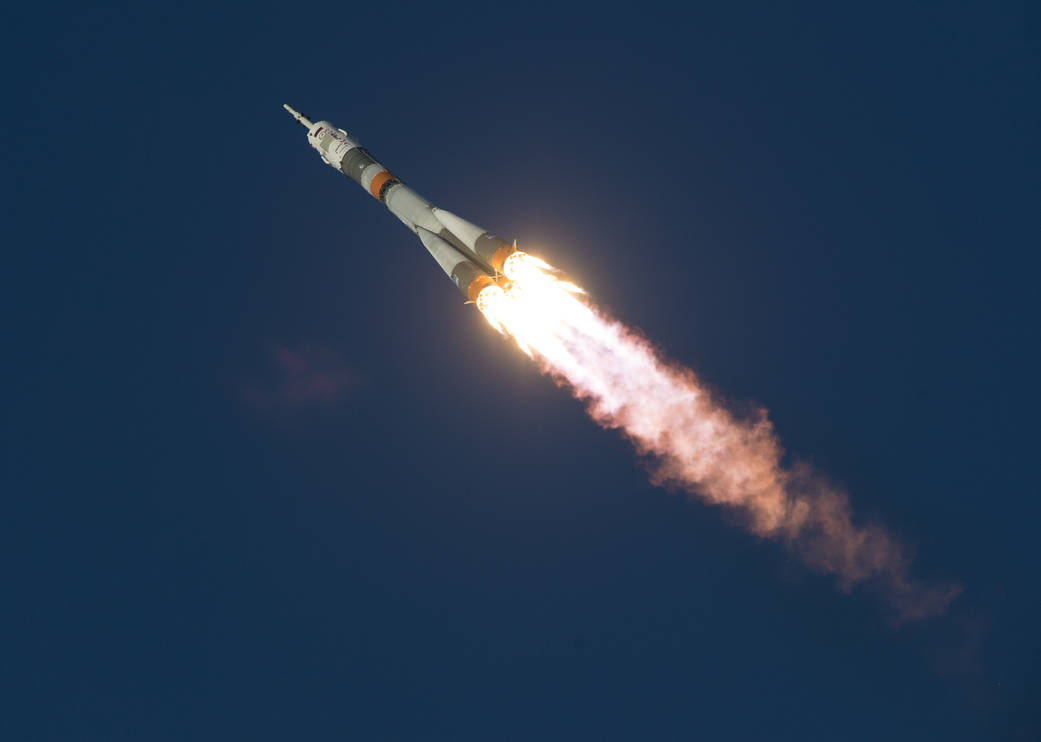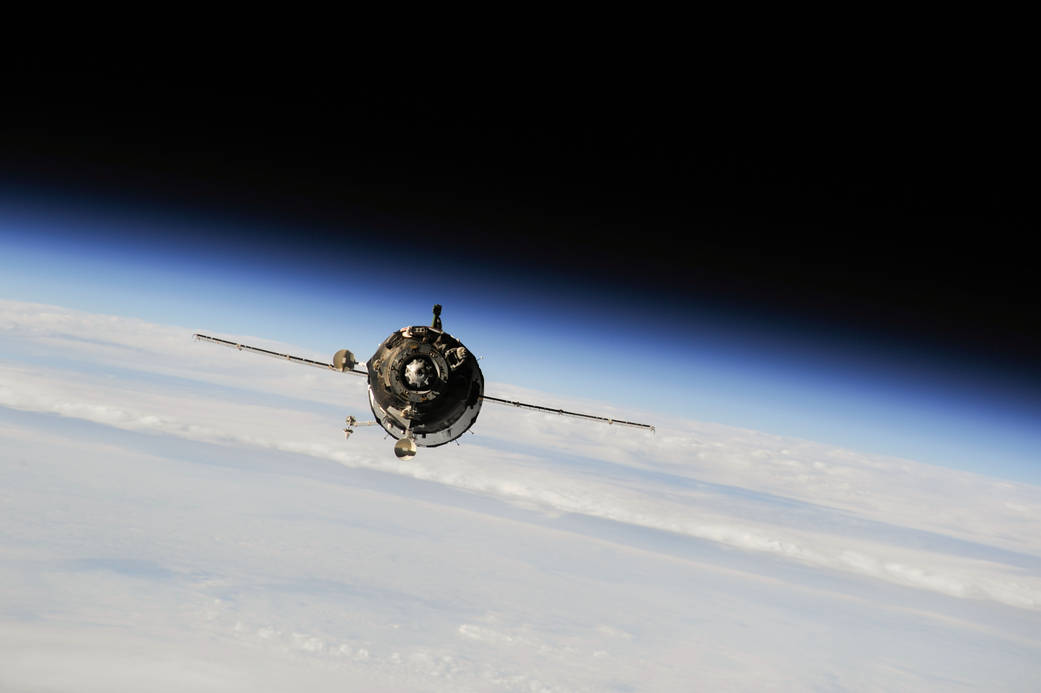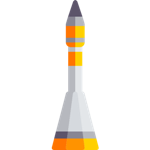What Is The Soyuz Rocket And How Does It Work?
Russian Workhorse
The Soyuz rocket is an expendable family of Soviet/Russian rockets, first launched in 1966! The three-stage Soyuz is the most frequently used rocket in the world with over 1,700 launches placing the manned Soyuz spacecraft along with other cargo, military and commercial payloads to orbit. Amazingly between 2011 and 2019 the Soyuz was the only way that humans could visit the International Space Station (ISS)!
The Most Frequently Used Rocket In The World!
The iconic Soyuz rocket is almost as old as the Space Age! It was first introduced in 1966 during the Space Race to carry humans to space, but its design is derived from the Soviet’s early manned spaceflight Voskhod program which itself is based on the Soviet’s first rockets the R-7 missiles!
Most variants of the Soyuz rockets are retired, but there are a couple still in operation like the advanced Soyuz-2 which is the most modern version of Soyuz. Unlike many American rockets, the Soyuz is assembled horizontally (making assembly relatively easy) and then rolled out on train tracks and erected on the launch pad! Once on the launch pad, it is tested and its fuel tanks filled several hours before launch!
What Are The Soyuz Rockets Design Features?
The Soyuz is a three-stage rocket, with a distinctly Soviet/Russian design and look to it. The first stage is made up of four 20 m (63 ft) long cone-shaped liquid-fuelled strap-on boosters clustered around the central second stage. The second stage ignites at lift-off and continues to burn after the strap-on boosters fall away 2 minutes into flight. The third stage fires, after the 2nd-stage separates, and carries the payload to orbit.
Each expendable booster has a single rocket motor with four combustion chambers, which in addition to the core booster engine, makes up the 20 major flame cones you can see at the bottom of the rocket!
All but one of the variants of Soyuz rockets use Kerosene (RP-1) and super cold liquid oxygen (LOX) as propellant!
Where Does The Soyuz Launch From?
The Soyuz rocket is currently launched from 4 different launch sites!
- Two in Russia – Plesetsk & Vostochny
- The Baikonur Cosmodrome in Kazakhstan
- And the European Space Agency (ESA) operated Kourou Space Centre in French Guiana!
The Different Types Of Payload The Soyuz's Launches
The Soyuz rocket is used to launch a variety of Russian (and International) manned or unmanned payloads to space.
It is most famously used to launch cosmonauts and astronauts to space aboard the Soyuz spacecraft. Since the retirement of the Space Shuttle in 2011, it was the only way for space travellers to reach the ISS until the NASA started flying astronauts to space aboard the Dragon Crew and CST-100 Starliner capsules.
Cargo resupply missions to the ISS are also launched aboard the unmanned Russian Progress spacecraft atop the Soyuz rocket. The reliable launch system is also used by the Russian military and commercial clients to launch satellites into Earth orbit.
Five Cool Quick Facts About The Soyuz Rocket!
- The Soyuz rocket is derived from the Soviet Union’s first rockets, the R-7 rockets, which were intercontinental ballistic missiles for delivering nuclear weapons!
- The family of Soyuz Rockets holds the World Record for the most launches with over 1,700; far more than any other type of rocket!
- Production of Soyuz launchers reached a peak of 60 per year in the early 1980's
- At liftoff, the Soyuz weighs more than 310,000 kilograms (683,000 lbs!) – for reference, the World’s largest rocket NASA’s Saturn V weighed over 2,700,000 kilograms at launch!!
- When the four first stage boosters separate from the rocket and fall away, their smoke trails create a cool pattern called a Korelov Cross!
